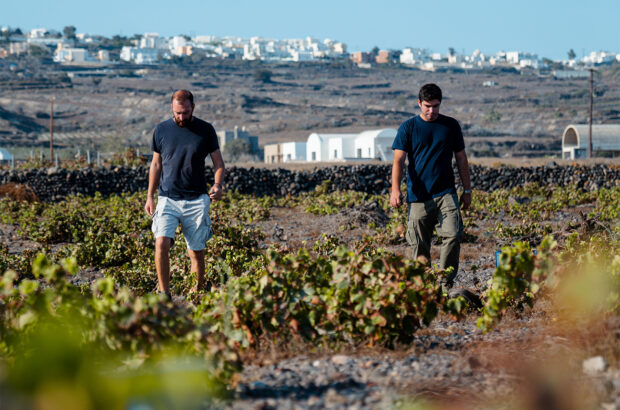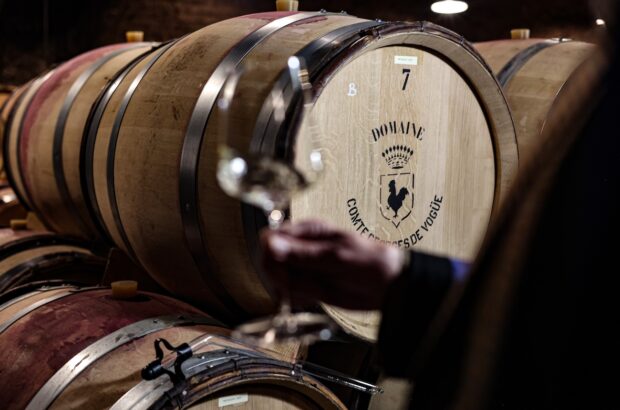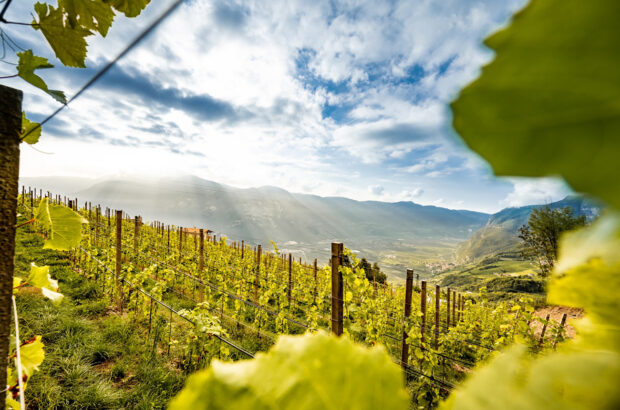The global wine industry faced another year of lower consumption in 2024, with inflation weighing on shopping budgets and traditional major consumers such as France continuing a trend of drinking less wine.
Global wine consumption fell 3.3% to 214 million hl last year, a third consecutive decline to the lowest since 1961, according to estimates by the International Organisation of Vine and Wine (OIV).
‘The effects of lingering inflationary pressures and market uncertainty have affected price and consumer attitudes,’ OIV director general John Barker said in an online press briefing.
‘We also continue to observe the effects of a long-term decrease in consumption in several mature markets shaped by evolving lifestyle preferences, shifting social habits and generational changes in consumer behaviour.’
Wine consumption in the United States, the biggest market, fell 5.8% to 33.3 million hl, while the volumes consumed in France fell 3.6% to 23 million hl. Italy, Spain and Portugal bucked the global trend, with stable or slightly increased consumption in 2024.
China continued to consume less wine last year, with the world’s most populous country slipping to 10th place among wine-drinking nations, from fifth in 2019.
‘The key shift in the last few years has been a downturn in the major growth markets, particularly USA and China, on top of stable or declining consumption in the traditional wine countries,’ Barker said. ‘Economic factors are an important driver here. The lingering effects of post-COVID inflation, increasing production costs while decreasing purchasing power, are still being felt.’
Barker said that over a longer period of 60 years, wine drinking habits across the world have gradually converged, with the large traditional wine countries in Europe and South America progressively moderating consumption, and the popularity of wine steadily growing elsewhere.
While consumption volumes are falling, export values remain high and the consumer trend is for premiumisation or higher spending per bottle, the OIV head said. ‘I don’t think that we can really talk about a crisis in the wine sector at a global level, because in fact, we do have these very positive indicators.’
Global wine production fell 4.8% to 225.8 million hl, a bigger decline than the drop of around 2% estimated by the OIV in November as final figures for the United States and Spain were ‘significantly’ revised downward. That marks the second year of slumping in volumes, after wine output already fell 10% in 2023.
‘This decline is mainly attributable to extreme environmental conditions from heat and drought as well as unpredictable weather events across major northern and southern hemisphere wine producing regions,’ Barker said. He said the volume is the lowest since 1961, when spring frosts devastated major vineyards across Europe.
France was the single biggest contributor to last year’s decline in volume, with wine production falling 24% to 36.1 million hl. Italy increased output 15% to 44.1 million hl, overtaking its neighbour as the world’s biggest wine producer.
While Italy, Spain and Argentina increased wine production in 2024 from a year earlier, volumes for all the world’s ten largest wine producers fell when compared to the five-year average.
Two consecutive years of lower production will probably bring ‘a degree of equilibrium’ to the global wine market, according to Barker.
After a trend of falling variability in wine production from the 1920s to the late 2000s, volatility has again been on the increase for the past 15 to 20 years, according to analysis by the OIV.
‘Certainly, there are a number of factors involved, but we can attribute the major part of this volatility to significant and unpredictable weather events affecting both hemispheres,’ Barker said. ‘That is, to climate change.’






